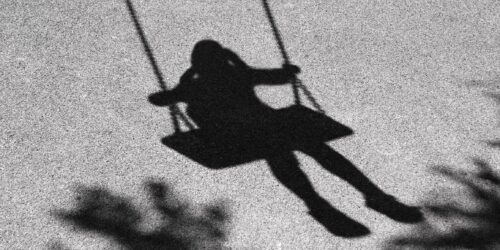Anyone with a financial interest in an estate may challenge the validity of a will if they have legitimate grounds for believing that the will is invalid.
The procedure for commencing a will challenge in Ontario is governed in most cases by Rule 75.03 of the Rules of the Civil Procedure, and it includes the following steps:
Step 1: Notice of Objection
An individual seeking to challenge the validity of a will must file a Notice of Objection with the court. A Notice of Objection (Form 75.1) can be filed any time before a Certificate of Appointment of Estate Trustee has been issued, which is a document received from the court that confirms the estate trustee appointed in the will is authorized to administer the estate pursuant to the terms of the will.
If a Certificate of Appointment of Estate Trustee is issued before the Notice of Objection is filed by the objector, the objector must bring a motion for the return of the Certificate of Appointment of Estate Trustee under rule 75.05 in order to challenge the validity of the will.
In the Notice of Objection, the objector must set out the nature of the objector’s interest in the estate and the details concerning the grounds on which the will is being challenged. Such grounds commonly include that the testator lacked capacity when the will was executed, that the will does not comply with the formalities of due execution, or that the will is the result of undue influence.
If a will is challenged based on a lack of capacity, it means the objector believes that the testator did not have the requisite cognitive ability to execute the will when it was signed.
If the will is challenged because it does not comply with the formalities of due execution, it means that the will does not comply with the requirements as set out in section 4 of the Succession Law Reform Act, such as it is unsigned or was not witnessed by two individuals. As of 2022, Ontario is now a “substantial compliance” jurisdiction when it comes to the requirements of due execution of a formal will, which means a will may be validated by the court notwithstanding that it fails to comply with the requirements for due execution outlined in section 4 of the Succession Law Reform. Therefore, a will is no longer necessarily invalid because it is, for example, unsigned or not witnessed. The impact of this change to the law should be considered before challenging a will on the basis of a failure to comply with the requirements of due execution.
If an objector challenges a will because of undue influence, it means that the objector believes someone exerted a high degree of pressure over the testator such that the will does not represent the testator’s wishes.
Once a Notice of Objection is filed with the court, a Certificate of Appointment of Estate Trustee cannot be issued until either the Notice of Objection is withdrawn by the objector or it is vacated by the court.
Step 2: Notice to Objector
Once a Notice of Objection has been filed, the court registrar will notify anyone who applies for a Certificate of Appointment of Estate Trustee that there is an objection to the Certificate being issued.
Upon receipt the notice from the court, the applicant must respond to the objector by filing and serving the objector with a Notice to Objector (Form 75.3).
Step 3: Notice of Appearance
Once the Notice to Objector is served, the objector then has 20 days to serve and file a Notice of Appearance (Form 75.4). The purpose of the Notice of Appearance is for the objector to confirm that they are contesting the applicant’s application for a Certificate of Appointment of Estate Trustee and intends to proceed with challenging the validity of the will in court.
If the objector does not file and serve the Notice of Appearance within the 20 days of service of the Notice to Objector, the application will proceed as if the Notice of Objection had not been filed. Therefore, it is incredibly important that the objector abide by this deadline.
Step 4: Motion for Directions
Once a Notice of Appearance is served on the applicant, the applicant has 30 days to bring a motion for directions. If, after 30 days, the applicant has not brought a motion for directions, the objector can then move for directions.
Motions for directions in estate litigation are governed by rule 75.06 of the Rules of Civil Procedure. It is important to understand that motions for directions are procedural in nature. This means that the court will generally not be making any determinations at the motion concerning the merits of the will challenge, but instead is going to be making an order that essentially provides a roadmap for the litigation.
The types of orders the court can make on a motion for directions are broad and are outlined in rule 75.06(3). Common terms include orders:
- setting out the scope of the issues to be decided;
- setting a timeline for the exchange of pleadings;
- ordering the production of records needed for the litigation, which may include the testator’s medical records or the drafting solicitor’s legal file;
- appointing an Estate Trustee During Litigation; and
- directing the parties to attend mediation.
Even though motions for directions are procedural in nature, the order received from the court following a motion for directions determines the landscape of the will challenge and will impact the steps that are to be taken in the litigation. As a result, the importance of the order for directions and its impact in estate litigation cannot be understated.
This blog post was written by Caitlin Gallant, a member of the Estate Litigation team. She can be reached at 613-369-0372 or at caitlin.gallant@mannlawyers.com.








